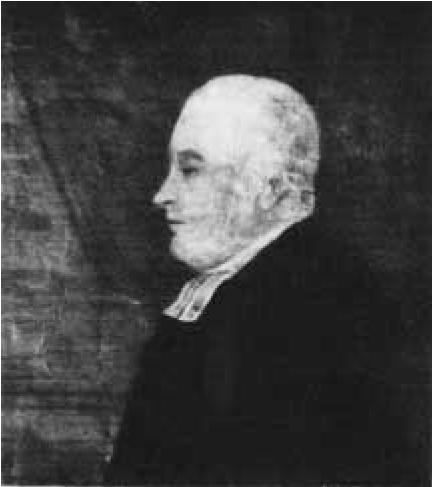Name Abraham Bennet | Role Physicist | |
 | ||
Died May 9, 1799, Wirksworth, United Kingdom | ||
Bennet's doubler
Abraham Bennet FRS (baptised 20 December 1749 - buried 9 May 1799) was an English clergyman and physicist, the inventor of the gold-leaf electroscope and developer of an improved magnetometer. Though he was cited by Alessandro Volta as a key influence on his own work, Bennet's work was curtailed by the political turbulence of his time.
Contents

Life
Abraham was baptised in Taxal, Derbyshire, the son of another Abraham Bennet, a schoolmaster, and his wife Ann née Fallowes. There is no record of him having attended university but he is recorded as a teacher at Wirksworth Grammar School as "MA". He was ordained in London in 1775 and appointed curate at Tideswell and, one year later, additionally at Wirksworth, with a combined annual stipend of £60. He further became rector of Fenny Bentley, domestic chaplain to the Duke of Devonshire, perpetual curate of Woburn and librarian to the Duke of Bedford.
Bennet had broad interests in natural philosophy and was associated with, though not a member of, the Lunar Society and the Derby Philosophical Society. He was particularly close to Erasmus Darwin. Darwin suggested that Bennet make electrical measurements as part of an investigation into electricity and weather. Bennet then worked assiduously to establish his expertise in electricity, achieving a reputation sufficient to take part in a meeting with Tiberius Cavallo, William Nicholson and Volta in London in 1782.
New Experiments
Bennet published New Experiments on Electricity in 1789. In it, he described:
Bennet described experiments with an electrophorus and the generation of electricity by evaporation. Bennet extended his thinking into various theories about electricity and weather, with electrical explanations of the aurora borealis and meteors. He interpreted lightning as the release of electrical charge from clouds, and went on to hypothesise that rain was caused by lightning and also that earthquakes had an electrical origin.
Politics
Among Bennet's other patrons were Joseph Banks, George Adams and the Wirksworth squires, the Gell family. The Gells, Kaye, Banks, Adams, and the Dukes of Devonshire and Bedford were all establishment figures whose hostility to the radicals of the Lunar and Derby Philosophical Societies intensified in the British reaction to the French Revolution. Bennet found it increasingly necessary to take sides, signing the Gells' petition against Jacobinism in 1795. Bennet's scientific work ends around this date, possibly from ill-health but also possibly from his inability to resolve the tensions among his erstwhile supporters.
Personal life
He married Jane (died 1826) and the couple had six daughters and two sons. Bennet died of a "severe illness".
